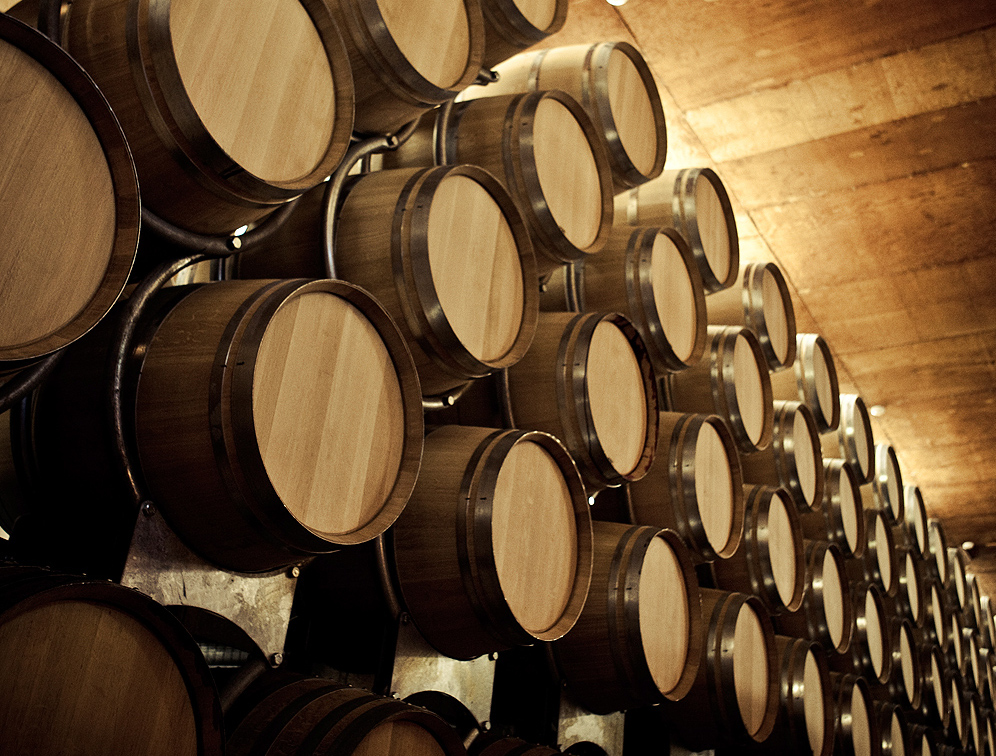A few days ago, you asked us about the origin of the terminologies Crianza, Reserva and Gran Reserva. Therefore, here goes a small explanation of how wood started to be used for providing wine properties, as well as some details on the legislation that began to regulating them.
It is rather interesting that Oak has traditionally been considered as the noblest material when it comes to containing wine. To understand the concept of crianza, reserva and gran reserva we have to go back several years. Initially, Oak was used as a deposit for wine. This allowed the preservation of wine in the winery under good conditions for a longer period of time. This also helped us discover that the winter cold cleared the wine spontaneously and that it could be consumed in better conditions. As a result, instead of using oak just to store wine for two or three years, it was also used for clearing it. This brought light upon the benefits Oak provides when it comes to aging and refining wines. That is, the Oak Barrel was not initially used for aging wine but it did spark the idea of aging wine.

In the 18th century, the need arose for hermetic seals that would enable its transportation, both by land and sea, and would protect the wine from the cold, heat and pressure. As a result, the use of oak spread, as it is the most innocuous and respectful wood for wine, the most noble wood.
Therefore, the need to store and transport wine helped us discover the benefits Oak had when refining wine while aging. To such a point that even after glass became the main transportation and distribution means for wine, oak has still remained the container in the winery when it comes to making and aging wine.
In Spain, it is in 1979 when the use of terms related to aging wine is regulated. By means of the Order of August 1979, the use of indications regarding the quality, age and aging of wines is established. The order recognizes that “the references on the wine labels regarding the year of the vintage, the quality of the product and the indication “reserva”, amongst others, have been subject to an unlawful use in some cases. As a result, it has caused a deterioration of the reliability of wine labels and the significance of said denominations, whilst also damaging those winemakers who use it appropriately as well as provoking confusion amongst the consumers”. Therefore, and with the purpose of adapting to the legal framework, in what that period was the EEC, the order was announced establishing when and under which conditions certain terms such as aging in wood, aging in bottle, aging in lies and aging under a velum of flor yeast can be used. You can see the entire order here (in spanish).
In any case, beyond the Ministerial Order, it has been each Regulation Council, by means of its own Regulation, which has defined the aging times for each type of wine: crianza, reserva or gran reserva.
I hope that we have slightly clarified this matter; and you know, if you have any more questions, we will be more than happy to answer them. Send us an email to info@vinopedia.tv , or through Twitter (@vinopediatv) or facebook.
Regards!

 Español
Español




